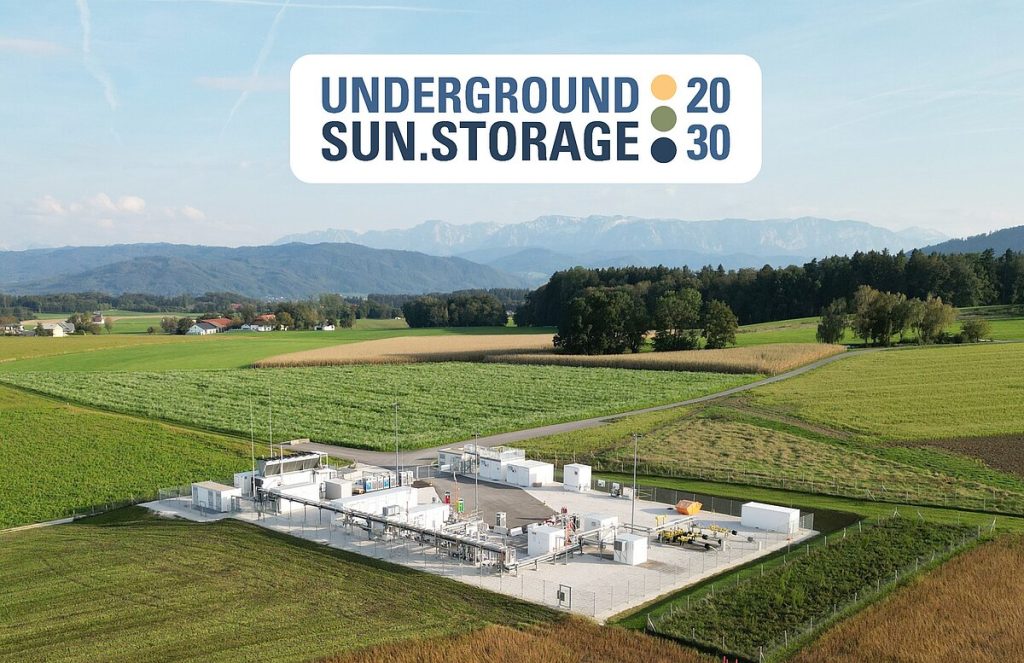RAG Austria AG has successfully stored approximately 500,000 cubic meters of hydrogen in a depleted sandstone gas reservoir in Gampern, Upper Austria. This demonstration, part of the Underground Sun Storage 2030 (USS 2030) project, confirms the technical feasibility of large-volume, seasonal hydrogen storage in porous geological formations.
The USS 2030 project involved converting surplus renewable electricity into hydrogen via electrolysis during the summer months and storing it underground. The stored hydrogen was later retrieved in high purity and utilized in RAG’s combined heat and power (CHP) plant to produce CO2-free electricity and heat during winter.
Building on this success, RAG is leading the EUH2STARS project, a European initiative funded with approximately €20 million under the Horizon Europe Framework Programme. The project aims to scale up underground hydrogen storage technology to a technical readiness level of 8 by the end of the decade, demonstrating its viability for integration into Europe’s future hydrogen infrastructure.
The ability to store renewable energy as hydrogen addresses the challenge of seasonal energy imbalance, where excess energy production in summer contrasts with higher demand in winter. Traditional storage methods like batteries and pumped hydro are insufficient for long-term, large-scale storage needs. Underground hydrogen storage offers a promising solution to this issue.
RAG’s initiative also includes collaboration with the municipality of Gampern through the “SeasonalStorage4EG” project, demonstrating the practical application of seasonal hydrogen storage for local energy communities. This partnership exemplifies how regional cooperation can enhance energy security and sustainability.
Stay updated on the latest in energy! Follow us on LinkedIn, Facebook, and X for real-time news and insights. Don’t miss out on exclusive interviews and webinars—subscribe to our YouTube channel today! Join our community and be part of the conversation shaping the future of energy.
